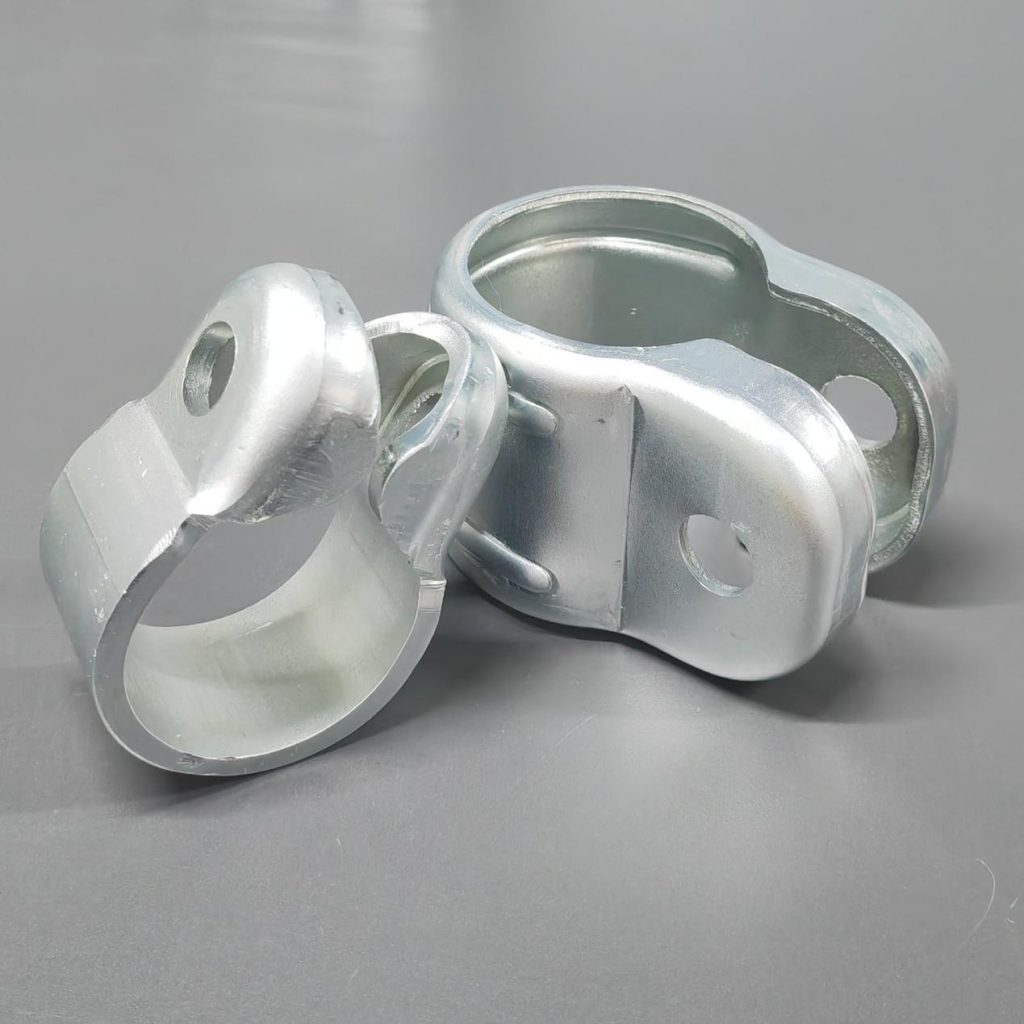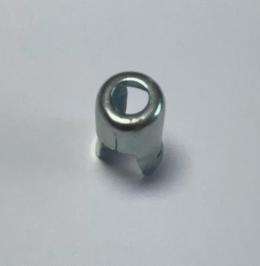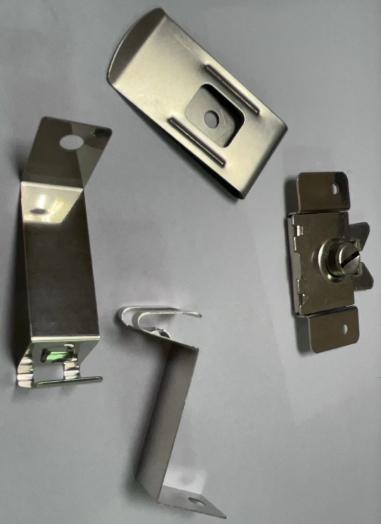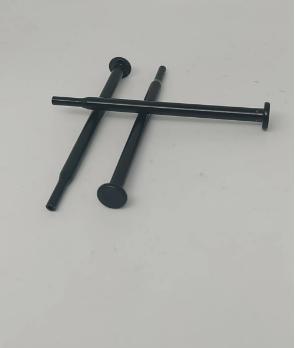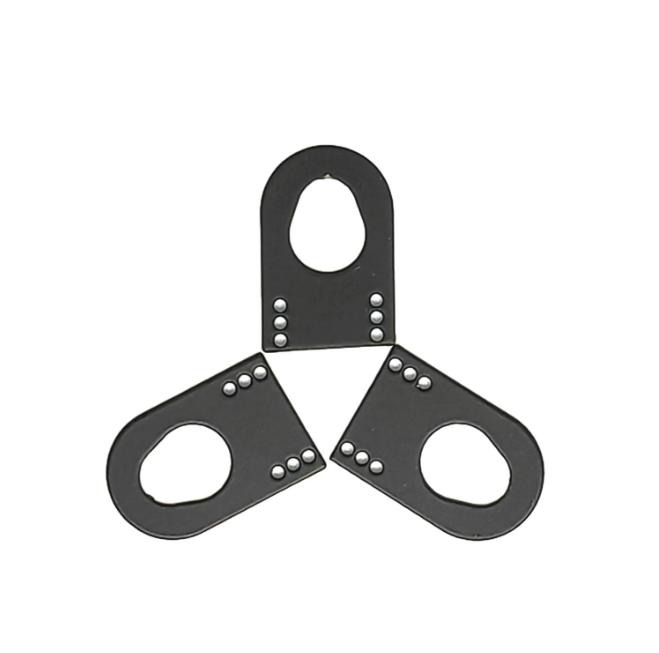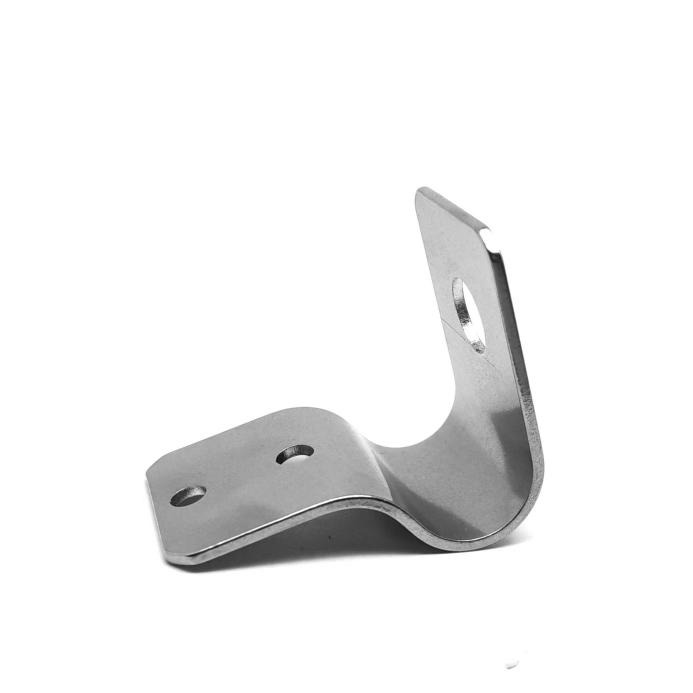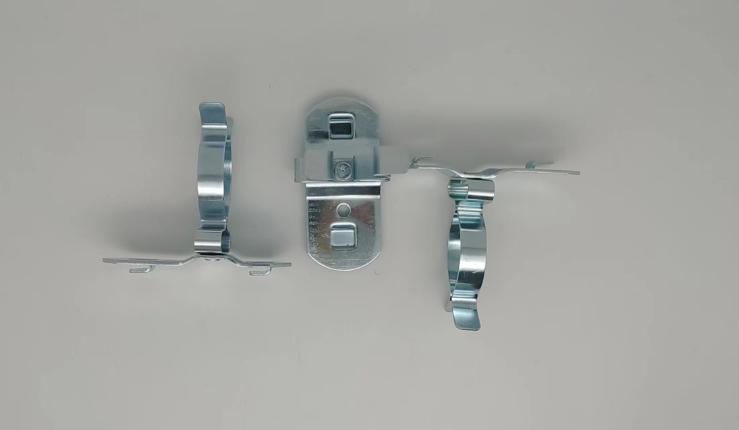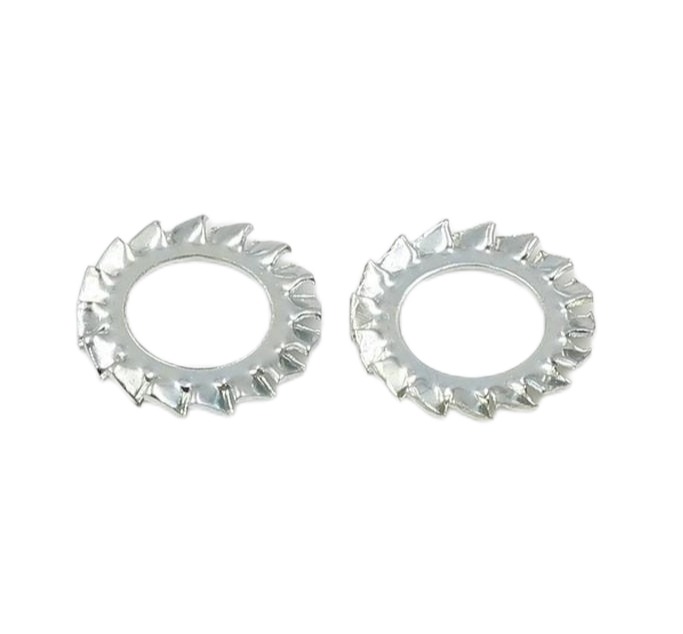How to Calculate Projected Area in Injection Molding?
Injection molding is a popular method of making plastic parts with complex forms. The estimation of the predicted area of the part is an important factor in injection molding design and process optimization. The predicted area has a direct impact on several aspects of the injection molding process, including cooling, cycle time, and material consumption. In this article, we focus the topic on how to calculate the projected area in injection molding, we will explore its definition, its significance in the manufacturing process, and the process of calculating the projected area in injection molding.
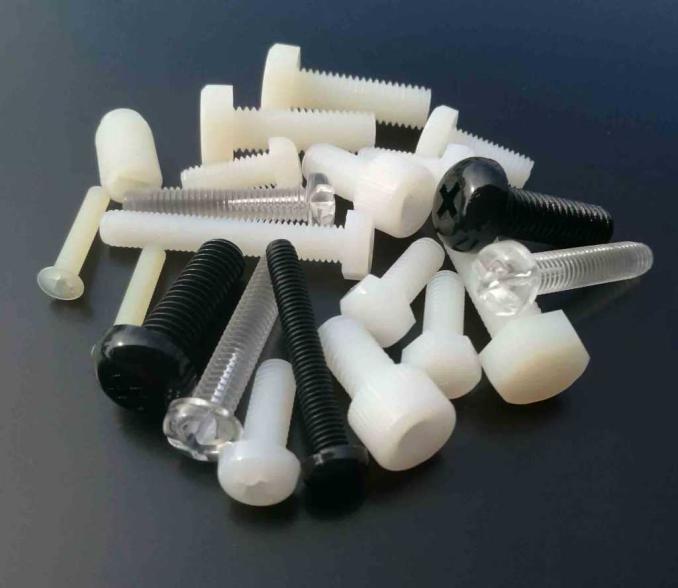
Why the Projected Area in Injection Molding is Important?
The two-dimensional shape or silhouette of a part as viewed from a given direction, often perpendicular to the direction of injection, is referred to as the projected area of the part. This measurement is crucial for injection molding design for several reasons as follows.
Cooling Time
The projected area of a molded object influences its cooling time. A greater projected area necessitates more time to cool uniformly. Proper cooling is essential to prevent defects like warping and maintain part quality.
Material Consumption
The amount of material required for injection molding is directly proportional to the part’s estimated area. Accurate calculations are critical for maximizing material utilization, avoiding waste, and managing production costs effectively.
Clamping Force
The clamping force of the injecting machine is governed by the planned area. Larger projected areas necessitate more clamping forces to keep the mold closed during injection, which influences machine selection and operational parameters.
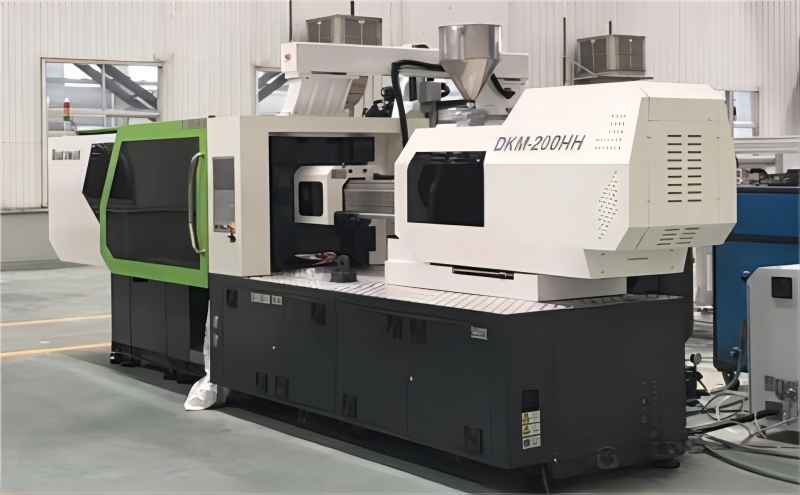
Cycle Time
The predicted area can influence the time it takes to complete one cycle of the injection molding process. Larger anticipated areas may result in longer cooling periods, thus decreasing production efficiency.
Warping and Distortion
Parts with unequal or extensive projecting areas may stretch and distort more during cooling. Calculating and managing the projected area helps mitigate these issues and maintain part quality.
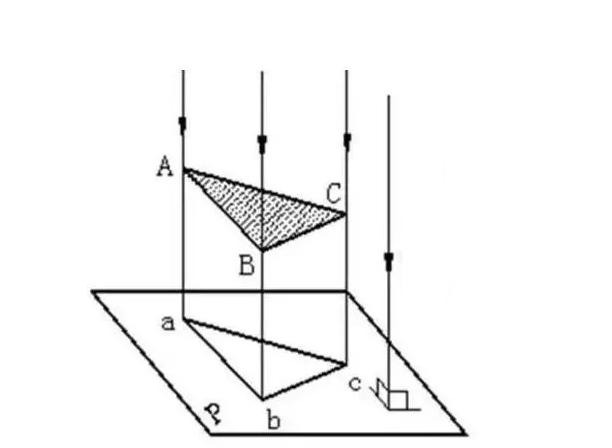
What is the Detailed Process of Calculating the Projected Area in Injection Molding?
Calculating the projected area is a fundamental step in the design and optimization of plastic injection molding.

Step 1: Choose the Reference Direction
Decide the direction you wish to calculate the projected area. This vector is often perpendicular to the flow of plastic material during injection.
Step 2: Identify the Cross-Sectional Shape
Identify the shape of the cross-section of the part as seen from the chosen reference direction. Rectangles, circles, and irregular forms are examples of common cross-sectional shapes.
Step 3: Measure the Relevant Dimensions
Take measurements of the cross-sectional form. The measurements will vary depending on the shape.
- Rectangular Cross-Section: Measure the rectangle’s length (L) and width (W). These measurements should be taken perpendicular to the direction of reference.
- Circular Cross-Section: Calculate the circle’s diameter (D). The diameter is measured perpendicular to the reference direction and is the distance across the center of the circle.
- Irregular Cross-Section: For irregular shapes, measure the width and height at multiple points along the cross-section. Use these measurements to approximate the area.
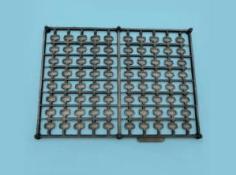
Step 4: Calculate the Projected Area
Use the appropriate formula to calculate the projected area based on the shape of the cross-section.
- For a Rectangular Cross-Section: Projected Area (A) = Length (L) × Width (W)
- For a Circular Cross-Section: Projected Area (A) = π (pi) × (D/2)², where D is the diameter
For Irregular Cross-Sections: Use geometry or CAD software to calculate the area. Break down the shape into simpler components (e.g., triangles, and rectangles) and calculate their areas separately. Then, sum up these areas to get the total projected area.
Step 5: Repeat for Multiple Directions
You may need to compute the projected area from several directions depending on your individual requirements or the complexity of the part. This is especially true for pieces with asymmetrical characteristics.
Step 6: Consider Additional Factors
Keep in mind that the predicted area is simply one component of the injection molding part design. Other elements influencing moldability and part quality include draft angles, undercuts, and wall thickness.
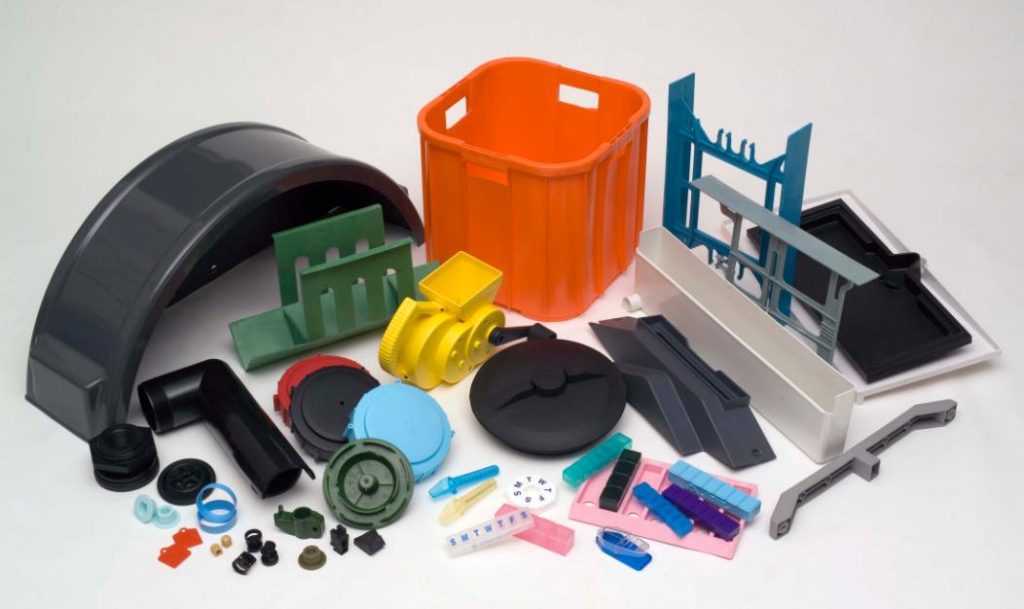
Conclusion
Calculating the projected area in injection molding is a vital step, effectively used in the optimization of plastic injection part manufacturing. Cooling times, material consumption, equipment selection, and overall manufacturing efficiency are all affected. Manufacturers can increase the quality, cost-effectiveness, and performance of their injection molding processes by precisely determining the predicted area. Whether you’re designing a new part or optimizing an existing one, mastering the calculation of the projected area is a valuable skill in the world of injection molding.

